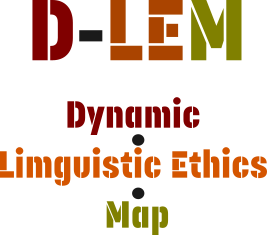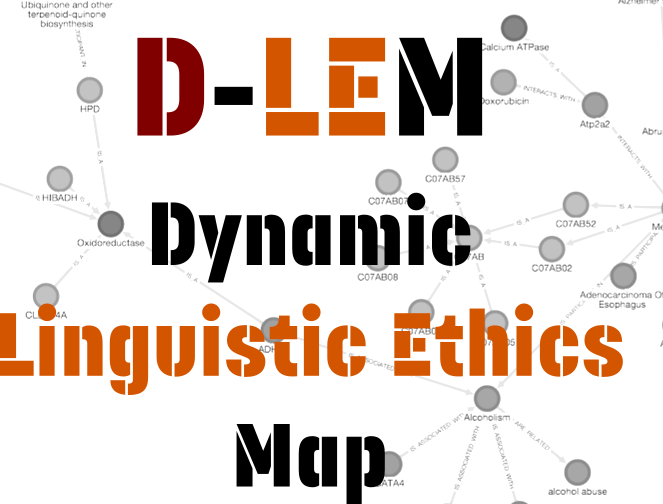D-LEM™ Tool


For any information on our D-LEM™ tool, please contact its conceptor Katja Rausch.

The "Ethical Imperative" by Heinz von Förster and the D-LEM™

Cyberneticist Heinz von Förster’s “Ethical Imperative” inspired the developing of the D-LEM™ computational tool.
“I shall act always so as to increase the total number of choices” (von Förster)
The D-LEM™ has been designed to function as an ethical perspective generator to help businesses and employees overcome the traditional two-lane “ethical dilemma”.
Curious to know more about Heinz von Förster, the article “Back to Future” gives a brief overview.
D-LEM™: The dynamic linguistic map to visualize ethics
D-LEM: pronounced /di.lɛm/ in reference to the “ethical dilemma” it is supposed to help overcome by generating multiple perspectives.
By uniting three different disciplines, linguistics, ethics and computational modelling we have developed an easy-to-use tool for ethical improvement on a linguistic and strategic level.
Our novel D-LEM™ tool visualizes ethical principles as relationships, and lays them out in a dynamic map.
The map is designed to facilitate the representation of semiotic inter-connections, and reveal potential linguistic and semiotic frameworks applied to ethics that may be improved by rewording or logical restructuring.
Ultimately the D-LEM™ aims to improve ethical wording and reasoning, sharpen ethical purpose definition and finally facilitate ethical decision-making.
By using the D-LEM™, companies can develop and score robust and adaptable ethical guidelines that reflect their values and priorities.
D-LEM™: Use linguistics to shape ethics
- D-LEM™: visualizing linguistics for ethical paths
- D-LEM™ widens the ethical spectrum beyond ethical dilemmas
- Towards measuring ethical maturity in companies and products
- D-LEM™ and S.M.A.R.T. indicators and shaping ethical frameworks
- The D-LEM™ acts on three levels of ethical shaping through accurate linguistics / wording:
1) ethical reasoning: the decision-making process based on information
2) ethical ownership: the notion of accountability and responsibility, and its consequences
3) ethical acting: the principles of basic “do’s” and “dont’s”
- D-LEM™ for identifying scoring
key ethical indicators
- D-LEM™, a tool for defining leadership purpose
